This post will continue the concepts discussed in my last post regarding the importance of rapport within the sale closing process. There are 3 primary components to the strategy that establishes rapport with the client. If all 3 are nailed properly, the client will be comfortable with the representative/closer, and trusts not only their judgement, but also their pricing once that arises in conversation.
Here are the 3 rapport components;
- Body Language
- Tone
- Speech
Firstly, let's address body language. This can begin with a simple but firm and assuring hand shake, but can become more elaborate as you think about several other factors, such as how close you stand to the client, whether or not your hands are folded or in your pockets or if you have your arms crossed, proper and consistent eye contact, and so forth.
You want to use motions with the client that make them comfortable with you. Shake their hand well, introduce yourself enthusiastically, and be a personable, approachable individual that the client feels is there to help them, not sell them. Aggression within sales often shows either desperation, weakness in professionalism, or that you are just trying to hustle them and have no real interest in actually assisting that person. Stand in a relaxed yet professional stance, don't shift around too much, keep solid eye contact and smile, and get passionate and excited about what the client needs so that they, in turn, become excited as well. Most people copy each other's body motions and moods subconsciously, which can be used in sales by real closing pros to manipulate the mood and tone of the conversation at will. There is a study of body language and motion within a persuasive conversation, called Neuro Linguistic Programming (NLP abbreviated). Professional sale closers will know how to assess buying signals that a client give off during conversation, and personalize and tailor the experience of their speech and movements and tone to the client so that they are better suitable for the close by the end of the conversation.
Now, to move onto tone. Tone is an all-encompassing term used to describe not only the tone of voice, but also the tone of conversation and where the representative and client feels the conversation will go next. Tone is effected by many different factors, mainly by body language and speech used. If a representative is calm and collected and retains his professionalism's integrity throughout the entirety of the sales process, then the client will be at ease, feeling that he is in good hands. If the closer is skilled, he will analyze the body language and tone of the client, how they speak, where they gaze, if they shuffle around, and so on. All of these motions factor into the closer's attempt to repair the tone of the conversation if they feel the client is at all uncomfortable.
Finally, to address possibly the most important category of rapport and closing, speech. The words used and the patterns of speech implemented make a massive impact on the client and their subconscious buying decision. Using "laymans terms" and speech that the prospective client will be able to understand is highly important, however a certain amount of purposeful instilling of confusion within the client is actually beneficial if throttled properly. Using complicated terminology based off of the functionality or complexity of the product and service will raise "perceived value" of the product or service in question. Also, using casual slang in moderation can comfort the client, making them more laid back and additionally receptive to suggestions (and therefore upselling/suggestion selling opportunities) from the closer or representative later down the road in the negotiation process.
More posts coming soon regarding sale closing techniques, more elaboration of establishing rapport, specific examples of situations in sales that I have completed and closed personally, and much more. Stay in the loop!
